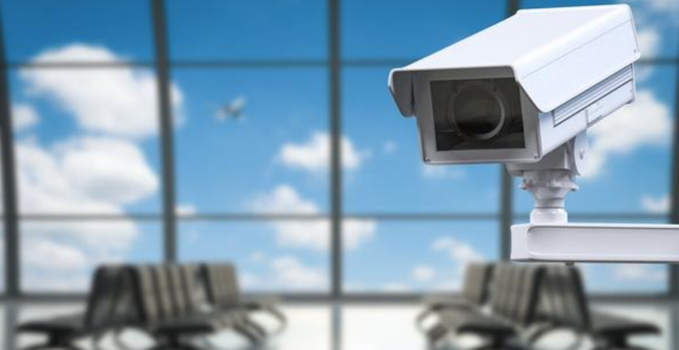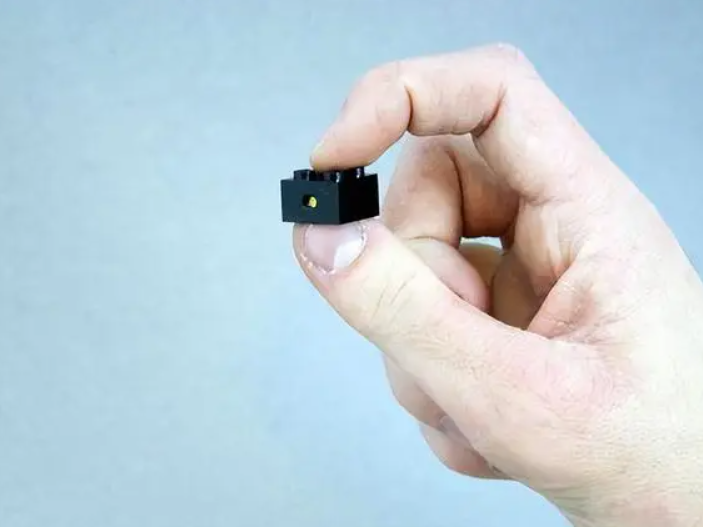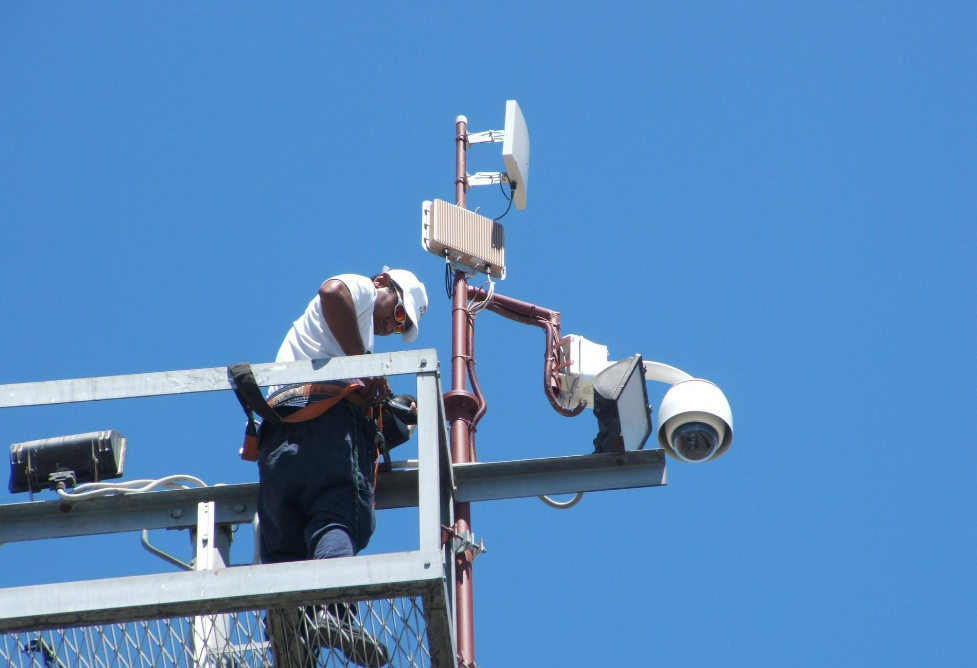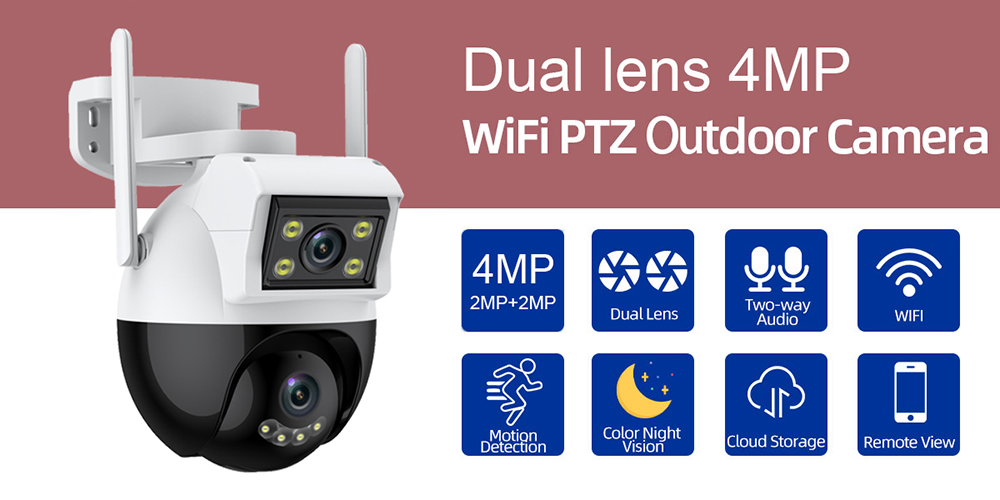What factors should be considered when choosing a home surveillance camera?
In addition to brand and appearance, the selection of home security cameras requires comprehensive consideration of some equipment parameters and basic functions, including:
1. Camera resolution
Usually the first condition we think of when choosing a camera is: high definition. The high definition here refers to the resolution of the camera.
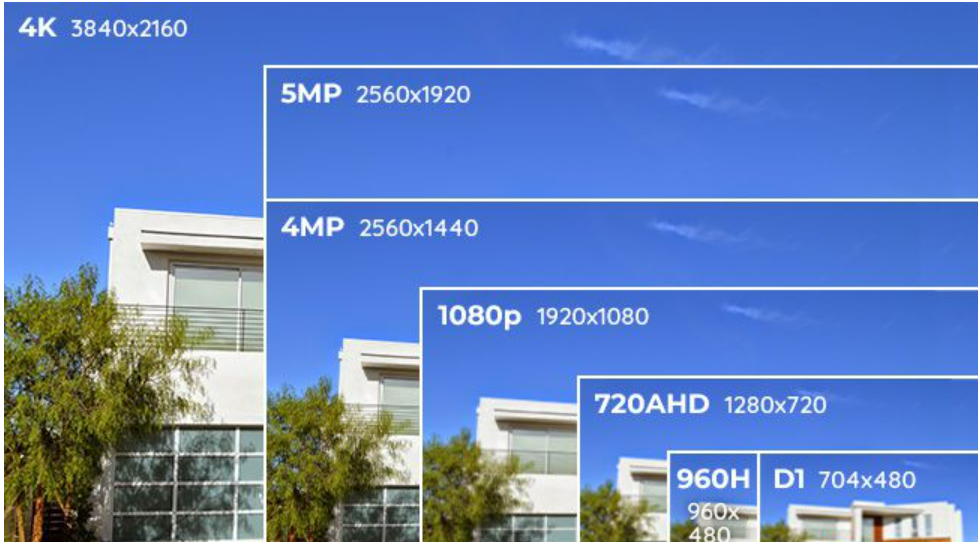
There are generally two opinions about the HD cctv camera ,one is 720P, 1080P, 2K, 4K, etc., and the other is 2 MP, 3MP, 4MP, 5MP, 8MP, etc. In fact, there is no essential difference between them.
The P here refers to the value Pixel, which is the basic unit that makes up the picture. The resolution is the height* width of the picture.
Simply , 1080P means that the resolution reaches 1920*1080=2073600P, that is, the resolution is 2073600P, which is about 2 million pixels, so generally 1080P can also be called 2 million pixels. 4k refers to a resolution of 3840*2160=8294400P, which is about 8 million pixels. Generally, pixels above 8 million can be called 4K high definition.
Generally speaking, the higher the resolution, the higher the pixel value and the clearer the image.
But for home monitoring camera option, higher resolution is not always better.
The higher the resolution, the more storage space is required, the higher the home network bandwidth usage, and the cost will increase accordingly.
The resolution of mainstream home surveillance cameras currently on the market is generally around 2 million to 4 million, which is enough to see faces and facial expressions clearly in indoor environments. Of course, if the budget is sufficient, the clarity of the surveillance video and the monitoring distance will be better. High requirements, you can choose a higher resolution as needed
2. Lens focal length
The lens of a surveillance camera is its core part, determining the angle range and surveillance distance of the surveillance camera.
Generally, the larger the focal length of the lens, the farther you can see, and the smaller the viewing angle range. The smaller the focal length, the closer you can see, the wider the viewing angle
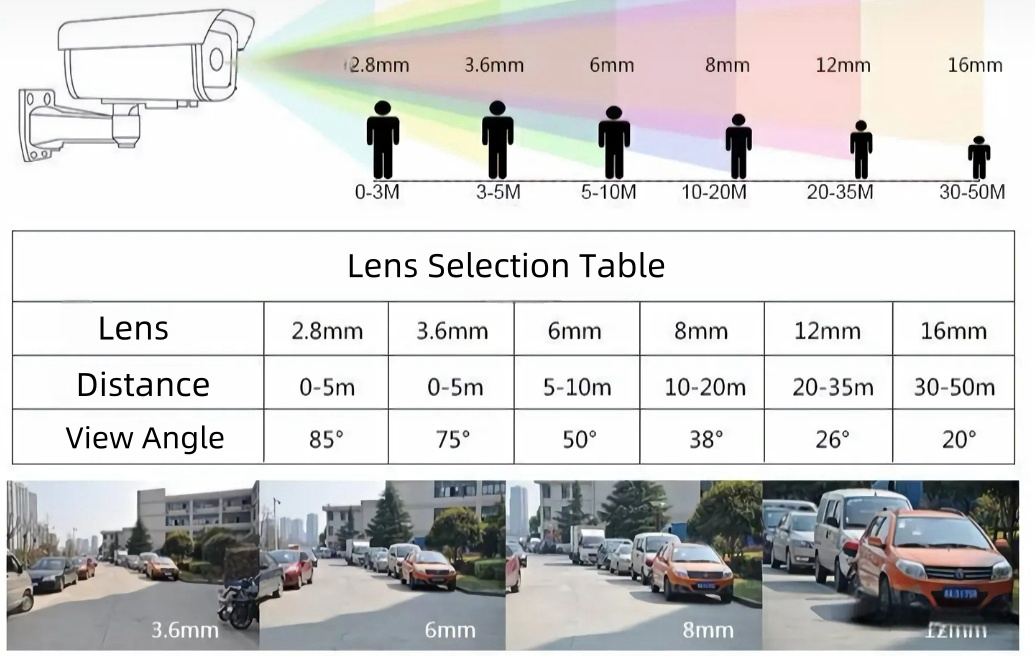
The focal length of the security camera lenses currently on the market is generally between 2.8mm and 12mm:
Lenses with a focal length of 2.8mm smart home camera are mostly used in monitoring environments in small spaces such as storage rooms. The optimal monitoring distance is within 3m.
The 3.6mm fixed lens dome camera can be used in larger indoor environments, such as living rooms, small shops, etc. The optimal monitoring distance is 3-5m.
The 6mm lens bullet camera can be used in home courtyards, balconies, doorways and other scenes. The optimal monitoring distance is 5-10m.
The 8mm lens cctv camera can be used in outdoor scenes such as roads and alleys, and the optimal monitoring distance is 10-20m.
In addition, there are some camera lenses that are varifocal , and the lens size can be adjusted according to the scope of the surveillance scene, which is more flexible and convenient, but the cost will also increase accordingly.
Currently, most indoor home surveillance cameras use 2.8-4mm lenses, and when combined with a pan/tilt head, they can monitor every corner of the room 360° horizontally without blind spots.
3. Night vision
Currently, the mainstream surveillance cameras on the market all support infrared night vision functions. On top of this, there are also starlight night vision, full-color night vision, and black light night vision.
Infrared night vision refers to the function of the camera using an infrared emission device to actively project infrared light onto an object in a lightless or low-light environment. The infrared light is reflected by the object and then enters the lens to obtain an image. It is also the most commonly used function at present. Night vision mode.
The infrared night vision distance can generally reach about 10 meters. Some cameras can increase the night vision distance to 30-50 meters by increasing the transmission power.
But the biggest problem with infrared night vision is that the picture is black and white and cannot show more details.
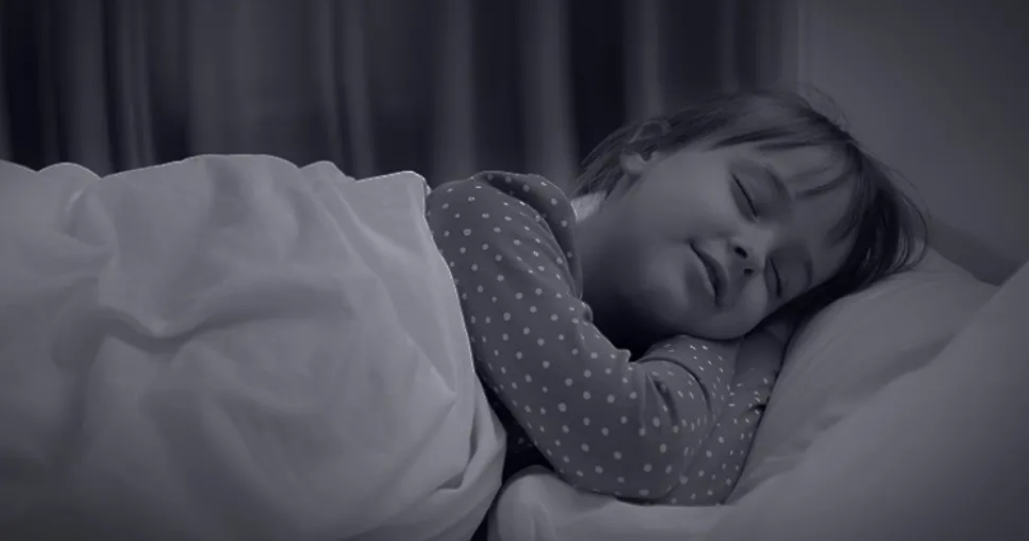
Starlight night vision means that surveillance cameras can still present colorful images in low-light environments.
Generally, a large aperture lens and a high-sensitivity sensor are used to allow more light to enter and better light sensitivity. Compared with ordinary infrared night vision cameras, the night vision effect is clearer and the picture is more delicate.
However, when the external illumination is lower than the infrared switching threshold of the starlight camera, the starlight camera will still switch to infrared night vision and become a black and white picture.
Full-color night vision means that the security camera can always present colorful and clear shooting pictures under low illumination or even no light conditions. When the ambient light is low or even no light, the fill light will be automatically turned on, thereby achieving full color day and night. .
Since the full-color night vision function turns on the fill light, it is not suitable for installation indoors. It is more suitable for places that still require high-definition picture quality in dark or no-light environments, such as your own yard, roads, warehouses, underground parking lots, Parks etc.
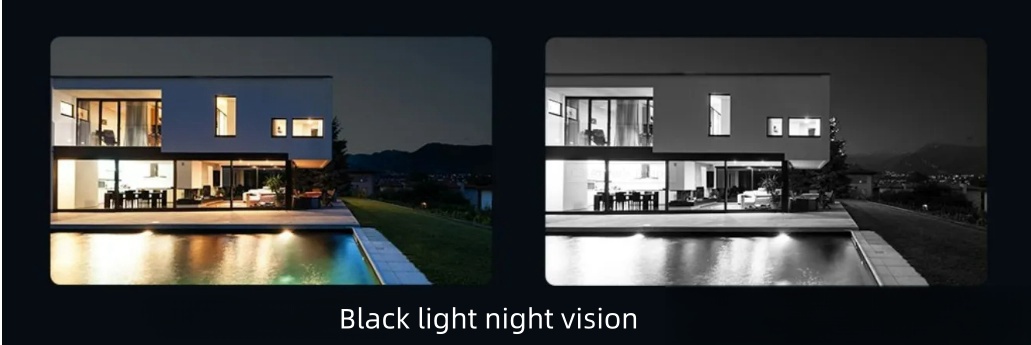
Black light night vision is a night vision method that has only appeared in recent years. It mainly solves the problem of color loss in images in dark night environments.
Black-light night vision cameras generally use a dual-sensor architecture. Based on the bionics principle of the human eye, it solves the conflict between color and brightness, greatly improving the night-time imaging effect and producing excellent color images under extremely low illumination. Visual experience.
Due to its relatively high cost, the black light night vision function is generally not considered for home surveillance. It is usually used in squares, parks, scenic spots, streets, stations, highways and other scenes that require color monitoring and capture at night.
4. Storage capacity
From a cost-effective perspective, current indoor surveillance cameras generally use memory cards to store video recording files. So how to choose the appropriate memory card size when choosing?
Here is a brief introduction to the calculation method of surveillance video capacity:
The size of surveillance camera video storage is related to the resolution, code stream, frame rate, compression format and other factors of the video. The most important parameter is the code stream.
Code stream, also called bit rate, is a parameter used to represent the quantity and size of video data per unit time. Under the same resolution and frame rate, the larger the code stream, the higher the quality of the video picture, and the greater the storage space it takes up. On the contrary, the lower the quality of the video picture, the smaller the storage space occupied. The current mainstream storage capacity calculation formula is: storage capacity for one day of recording (unit: G) = code stream (Mbps) / 8 (conversion of bytes and bits) / 1024 (converted to G) * 3600 seconds (per hour) * 24 hours (every day).
Taking the 2 million pixel H265 compression format as an example, the default code stream is set to 2Mbps, then the storage space required per day for uninterrupted recording is: 2Mbps/8/1024*3600*24 ≈ 21G.
By simple analogy, the default code stream of 3 million pixels is 2.5Mbps, and the daily storage space is: 2.5Mbps/8/1024*3600*24 ≈ 26G. The default code stream of 4 million pixels is 3.75Mbps, and the daily storage space is: 3.75Mbps/8/1024*3600*24 ≈ 40G.
Therefore, when selecting, you can roughly estimate the required space by doing a simple calculation based on the camera's resolution and expected storage period.
It should be noted that different brands of cameras have different video encoding and calculation methods, and the code stream itself can also be adjusted in the camera settings.
For example, for a 4-megapixel camera, we can also set the code stream to 1Mbps, which will occupy about 10G of storage space every day, which can greatly save memory card space.
5. Intelligent functions
With the development and popularization of AI, many intelligent AI technologies have also been applied to surveillance cameras, including: human shape detection, face recognition, movement tracking, cry detection, abnormal sound detection and other functions, making surveillance cameras have greater applications. space.
The human detection function can accurately determine whether someone has broken into the home. Any slightest movement will not generate meaningless alarms, making the alarm function more practical.
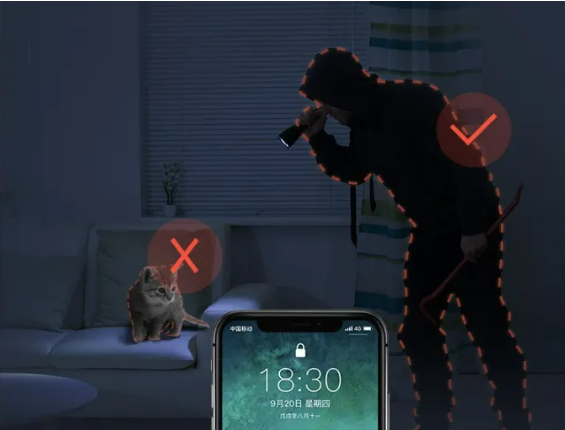
The cry detection function is a great tool for watching babies. When it detects the baby's cry, it will immediately send out an alarm message. Family
members can open the APP in time to check the situation on site, and can also comfort the baby through remote voice.
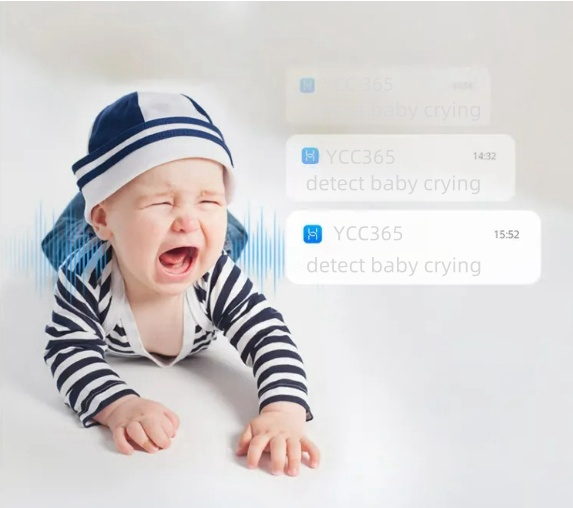
With the auto motive tracking function, when a stranger is found to have entered, the camera will automatically track and capture more of the intruder's actions to facilitate evidence collection, and can also drive the intruder away through lights and voice calls.
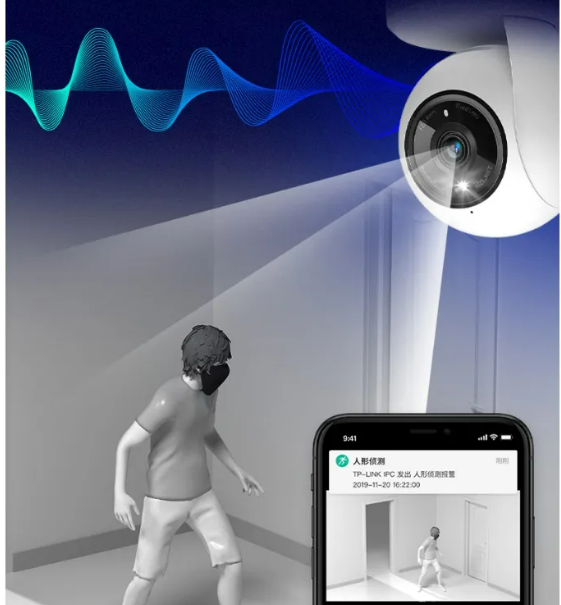
6. Others
Other factors that need to be considered include installation method, waterproofing, privacy protection, etc. We can choose according to our own preferences.
Installation method: Commonly used installation methods include placement, hoisting, brackets, poles, etc.
Waterproof function: Indoor surveillance cameras usually do not require waterproof function
https://www.deepintek.com/product/ptz-security-camera/cctv-zoom-camera/
